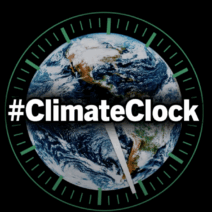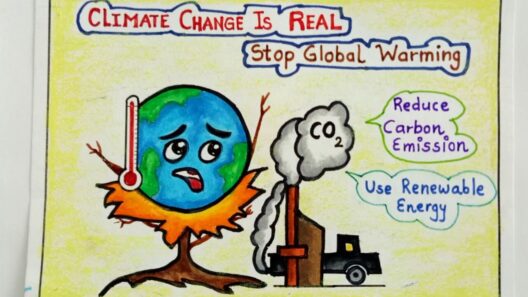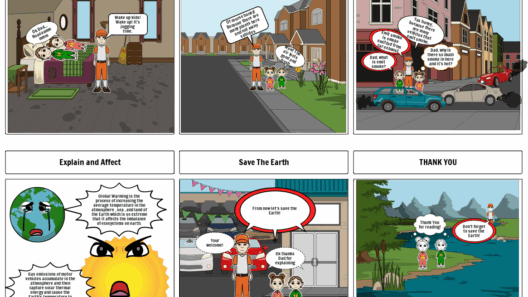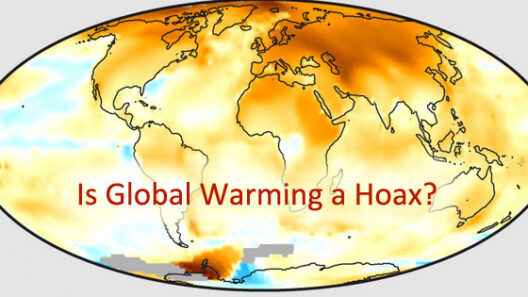As the world stands on the precipice of an ecological crisis, the question looms large: “How long until global warming renders our planet uninhabitable?” This inquiry is not merely academic but necessitates urgent consideration, as the consequences of climate change increasingly materialize in our every day reality. The scientific community provides various projections about the impacts of global warming, often hinging on humanity’s ability to mitigate the adverse effects through immediate and substantial action.
The essence of climate change lies in the significant increase of greenhouse gases in our atmosphere, predominantly carbon dioxide (CO2) and methane (CH4). These gases amplify the greenhouse effect—trapping heat and resulting in rising global temperatures. According to current data, the planet’s average temperature has risen by approximately 1.1 degrees Celsius since pre-industrial times. This seemingly innocuous figure masks profound consequences: extreme weather events, melting polar ice caps, rising sea levels, and catastrophic biodiversity loss.
To apprehend the urgency of the situation, one must grasp the concept of tipping points. A tipping point is a critical threshold beyond which a system undergoes a significant change, often irreversibly. For instance, the melting of permafrost in the Arctic releases vast quantities of methane, a potent greenhouse gas, further accelerating the warming process. Similarly, the dieback of the Amazon rainforest as its capacity to absorb CO2 diminishes spells doom not only for biodiversity but for climate stability. Each of these phenomena represents a precarious juncture that could hasten our descent into an uninhabitable Earth.
Forecasts related to climate change often rely on shared socioeconomic pathways (SSPs), which combine plausible scenarios of societal development with climate models. Under a high emissions scenario, projections suggest that by 2050, we could witness an increase in global temperatures between 1.5 and 2 degrees Celsius. Beyond this threshold, the frequency and severity of natural disasters, such as hurricanes and droughts, are expected to multiply exponentially. Such perturbations threaten agricultural productivity, water security, and human health—creating a cascade of crises that may destabilize entire regions.
But when does the line of habitability become blurred? The linguistics of “inhabitable” may differ markedly. While some regions, especially in temperate zones, may remain livable longer, others—such as the tropics and low-lying coastal areas—face imminent peril. Coastal cities like Miami and Venice symbolize what could become of urban centers as sea levels rise and storm surges become more powerful. Displacement of millions of climate refugees could lead to geopolitical tensions, exacerbating social inequities and igniting conflicts over dwindling resources.
Interwoven with these concerns is the aspect of public perception and political will. The phenomenon known as “climate change denial” obfuscates the dire message scientists articulate. A significant segment of the populace remains uninformed or skeptical, wrestling with cognitive dissonance rather than grappling with the impending reality. Advocacy for policy reform, economic shifts toward sustainable practices, and educational initiatives are paramount in overcoming this societal inertia.
Despite the bleak projections, the narrative is not entirely one of despair. Climate solutions exist, often rooted in the principles of sustainability. Transitioning to renewable energy sources—solar, wind, hydroelectricity—can dramatically curtail CO2 emissions and create a balanced, clean energy matrix. Sustainable urban planning and reshaping agricultural practices to embrace permaculture techniques can yield fruits both for the environment and society at large. These pragmatisms collectively reduce carbon footprints and enhance resilience to climate-related impacts.
The timeframe in which humanity must act swiftly is shrinking, yet it remains a realm of possibilities. Scientists assert that we have until at least 2030 to take substantial, concerted action to mitigate catastrophic climate change effects. The international community, through agreements such as the Paris Accord, underscores the necessity of keeping temperature increases well below 2 degrees Celsius, ideally limiting them to 1.5 degrees Celsius. Achieving this requires unprecedented collaboration among nations, industries, and individuals alike, committing to a circular economy and investing in carbon capture technologies.
Education plays a crucial role in cultivating an environmentally conscious society that adheres to sustainable practices. Integrating climate science into school curricula can enhance understanding and foster advocacy among younger generations. Additionally, corporations must prioritize environmentally responsible practices, thus driving changes from the grassroots level to the upper echelons of governance. Consumer choices have the power to reshape industries; every conscientious decision creates ripples of change.
The looming specter of an uninhabitable Earth should ignite a collective epiphany. If we steer towards inertia, the future may become reminiscent of dystopian tales filled with scarcity and strife. Alternatively, we can galvanize toward a future imbued with hope—a world where abundant resources, biodiversity, and human flourishing coexist harmoniously. As stewards of this planet, the narrative we write depends largely on the choices made today. An uninhabitable world is not an inevitability, but it demands immediate attention, unwavering commitment, and bold action. The Earth, our home, deserves our stewardship for the generations to follow.







